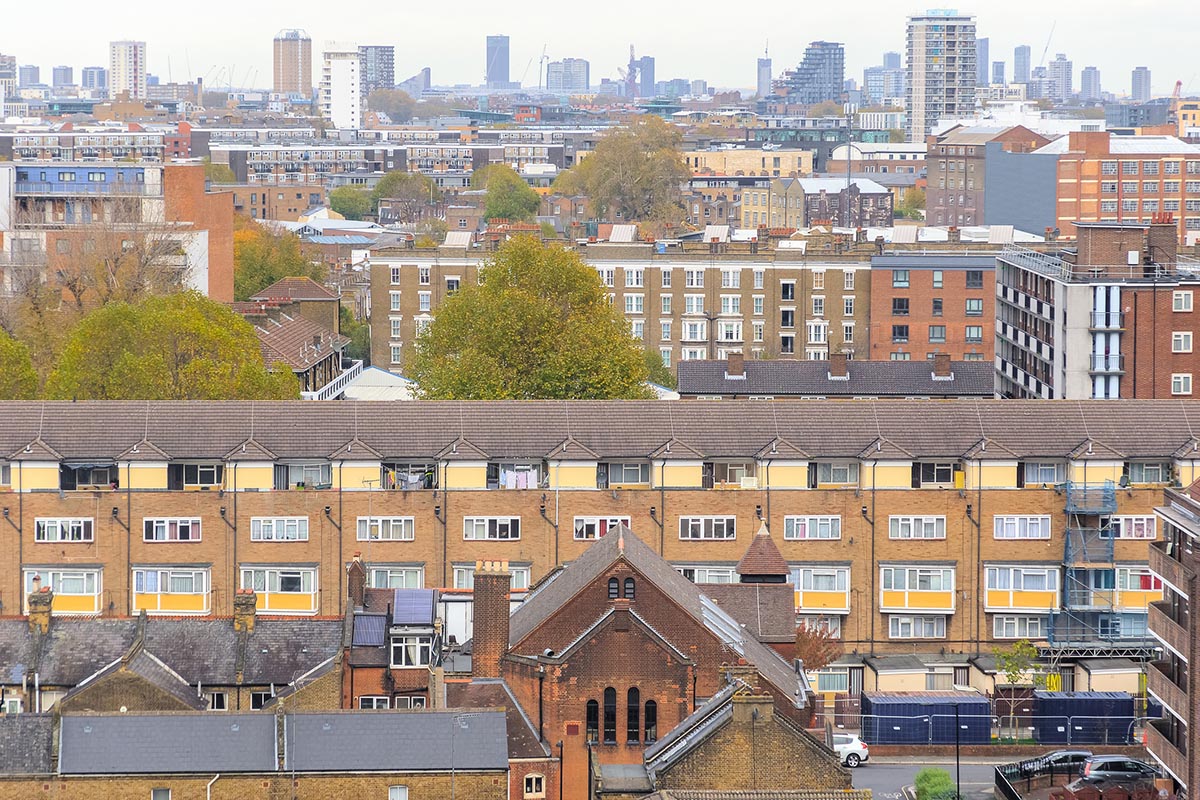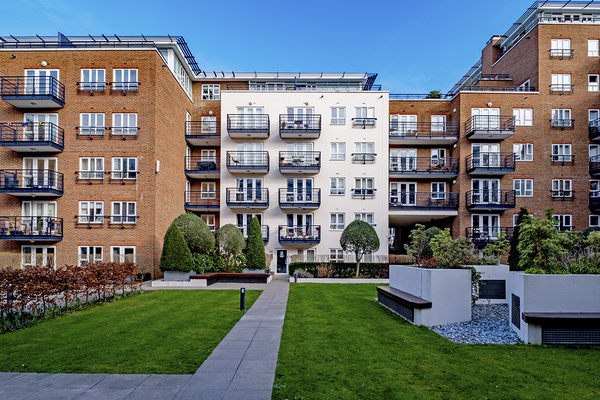You are viewing 1 of your 1 free articles
Labour reviewing size of Right to Buy discounts after pledging to keep policy
The Labour Party is currently reviewing the higher level of Right to Buy discounts imposed in 2012, but is yet to make a decision on whether to reduce them.
Lisa Nandy, shadow housing secretary, told the Housing 2023 conference in Manchester last month that Labour will remain committed to the Right to Buy “to extend wealth ownership, asset ownership, to people in every nation and region in this country”.
She doubled down on the commitment in an interview with The Times, saying that “telling working-class people that they can’t own their own home is just unacceptable”.
But she has also committed to doing more to replace the homes sold and it is understood the party is reviewing the discount levels the government imposed in 2012.
These increased the threshold to a maximum of £75,000 off the outright value of the home, raised to £100,000 a year later in London.
The maximum discounts are linked to how long a tenant has lived in a home and start at 35% of the property value for houses and 50% for flats. These have increased since by reference to inflation and now sit at £96,000 across England and £127,900 in London.
Before 2012, they were set according to regional caps, which ranged from £16,000 in Wales and London to £38,000 in most of South East England, producing an average discount of 25%.
Combined with the recession, this resulted in Right to Buy sales declining in 2009/10 to as low as 2,340 council homes per year. They then rose to a peak of 13,433 homes per year in 2016/17 after the discounts were raised.
It is understood the party is examining the changes made by the 2012 government, but has not yet made any commitments.
Ms Nandy was clear in her speech in June that while Labour “supports the Right to Buy”, it “doesn’t support the loss of stock”. Higher discounts result in lower sums being available for replacements.
It is understood the party is also exploring how its policy of local development corporations will fit into its plans to build more social housing and how to combine that with Right to Buy replacements.
In her interview with The Times, Ms Nandy said: “I’m very strongly of the opinion that Labour telling working-class people that they can’t own their own home is just unacceptable. It’s become a very totemic issue for a lot of people on the left because [the policy] cost us a million council homes in the first few years… and we have never been able to replace them, so we have a million people waiting for social housing and it is a disaster – no question about it. But my answer to that is not that you scrap the Right to Buy. It’s that you work out a proper policy for how you replace the homes.”
The government promised in 2012 to replace every “additional” home sold as a result of the increased discounts on a one-for-one basis within three years.
But the additional sales target of 52,946 and replacements of just 41,743 at the end of the last financial year means it has since failed to meet this pledge.
Overall, 145,005 social homes have been sold since discounts were raised, meaning sales have outstripped replacements by a factor of more than three to one.
Many of the replacements were also set at higher affordable rents, which are not available to those on the lowest incomes.
Sign up for our Council Focus newsletter
Already have an account? Click here to manage your newsletters












